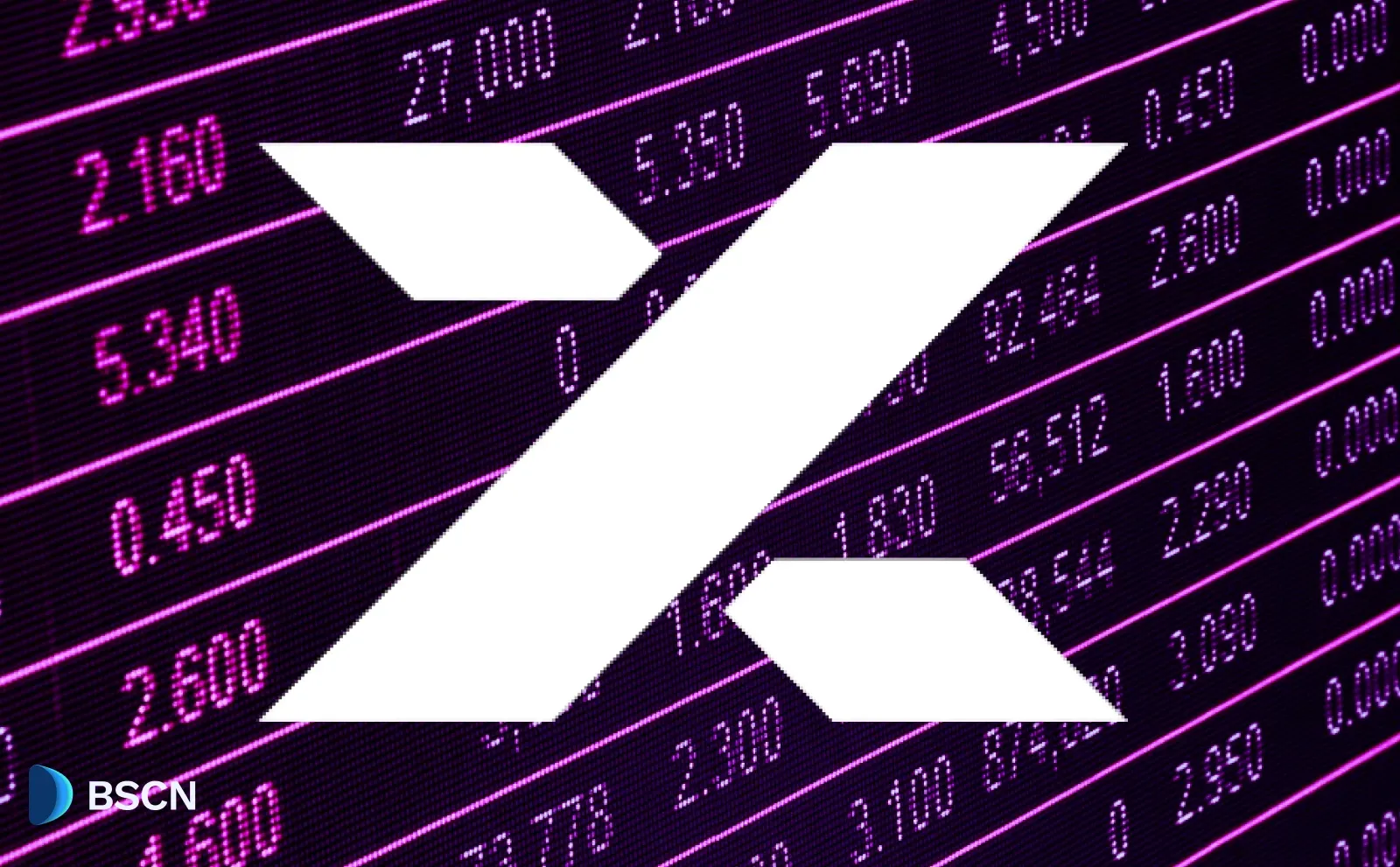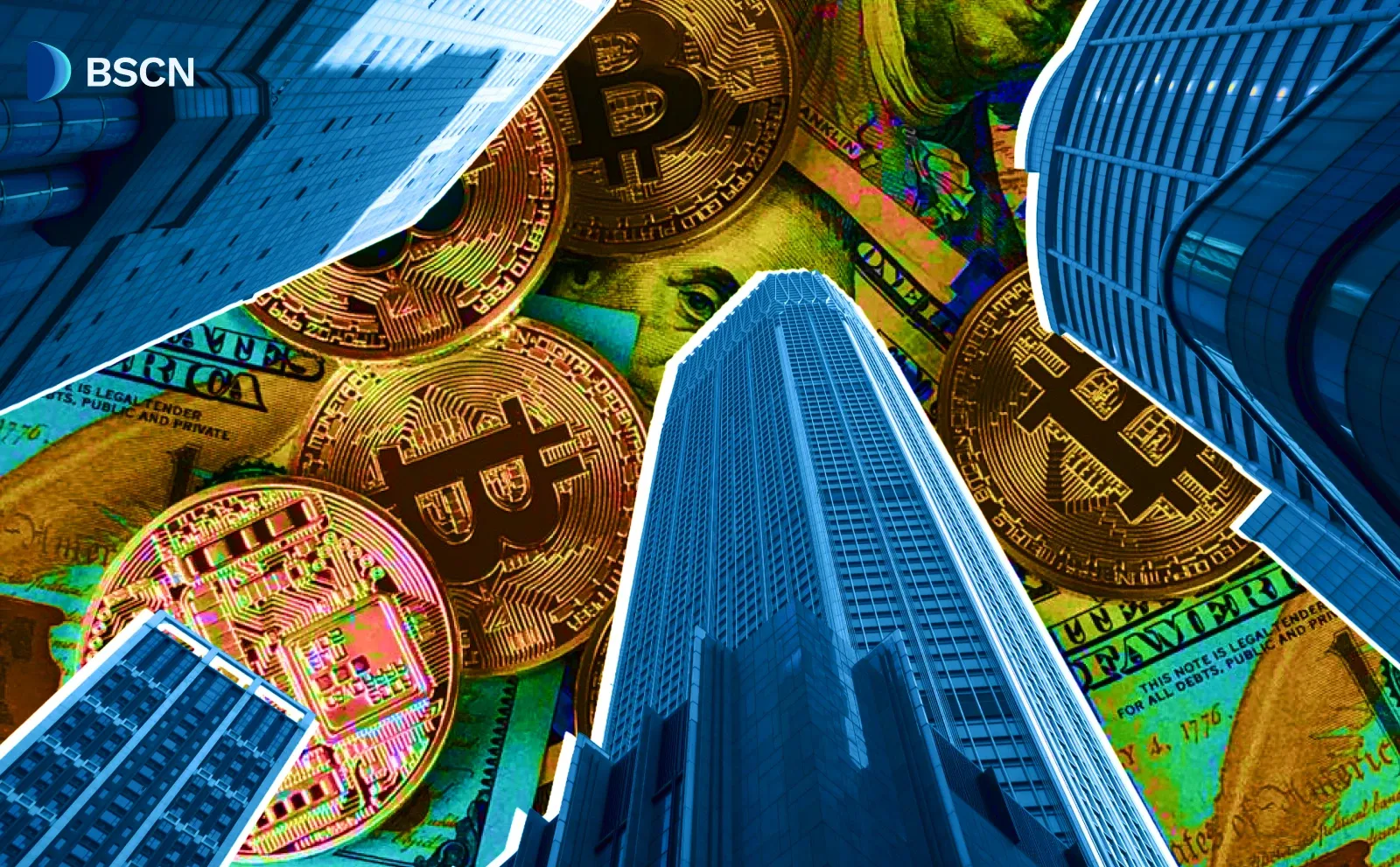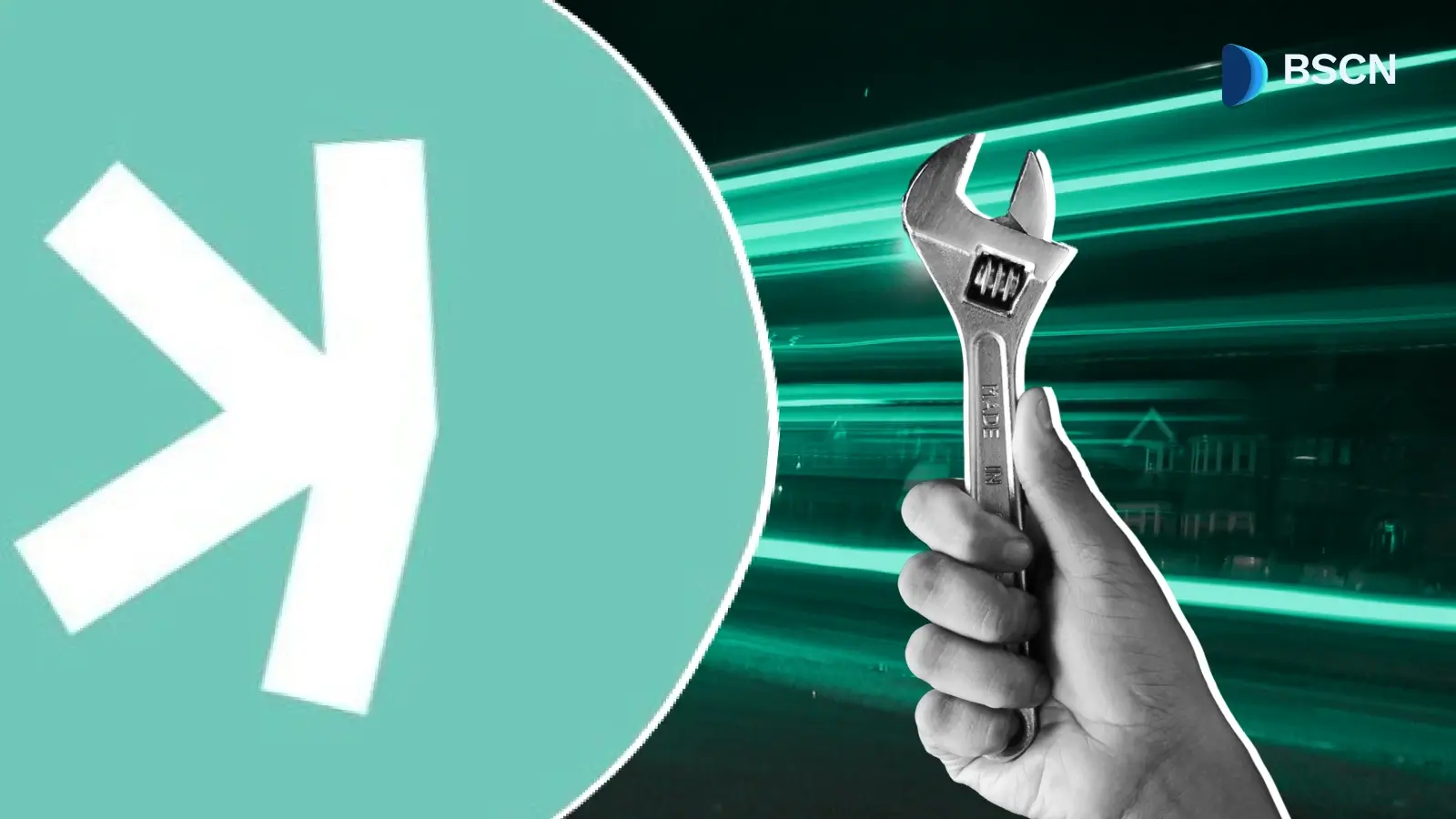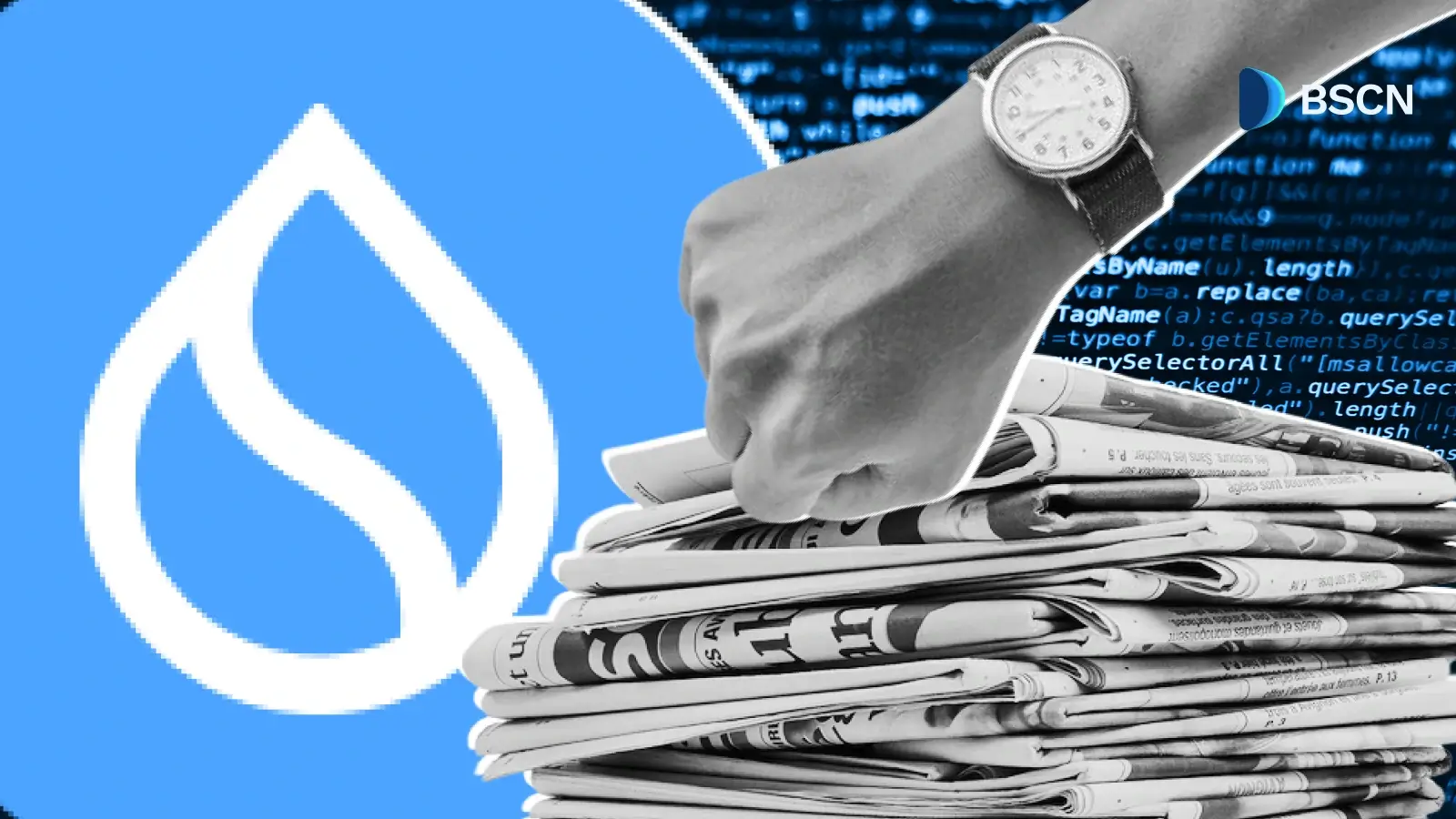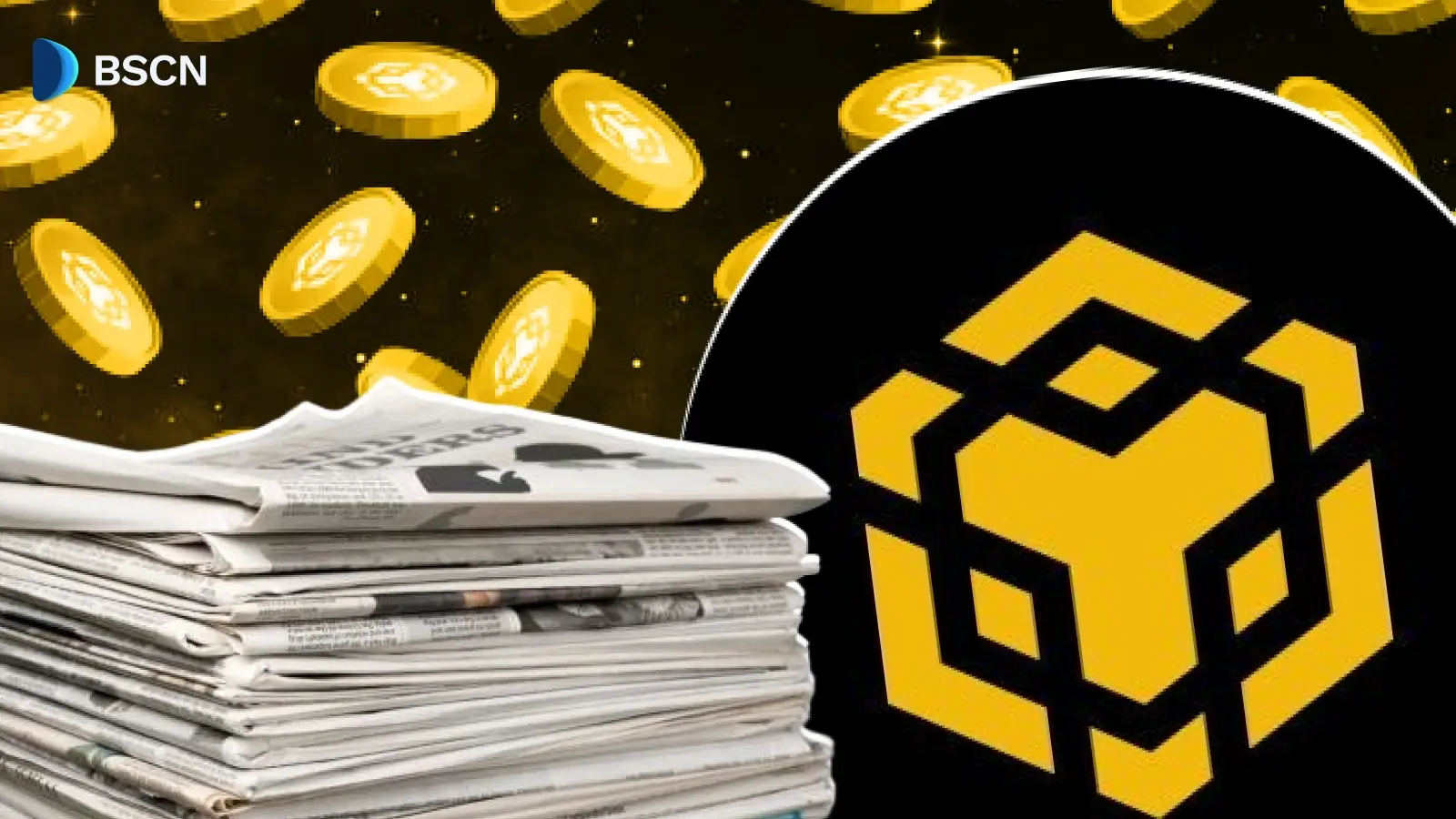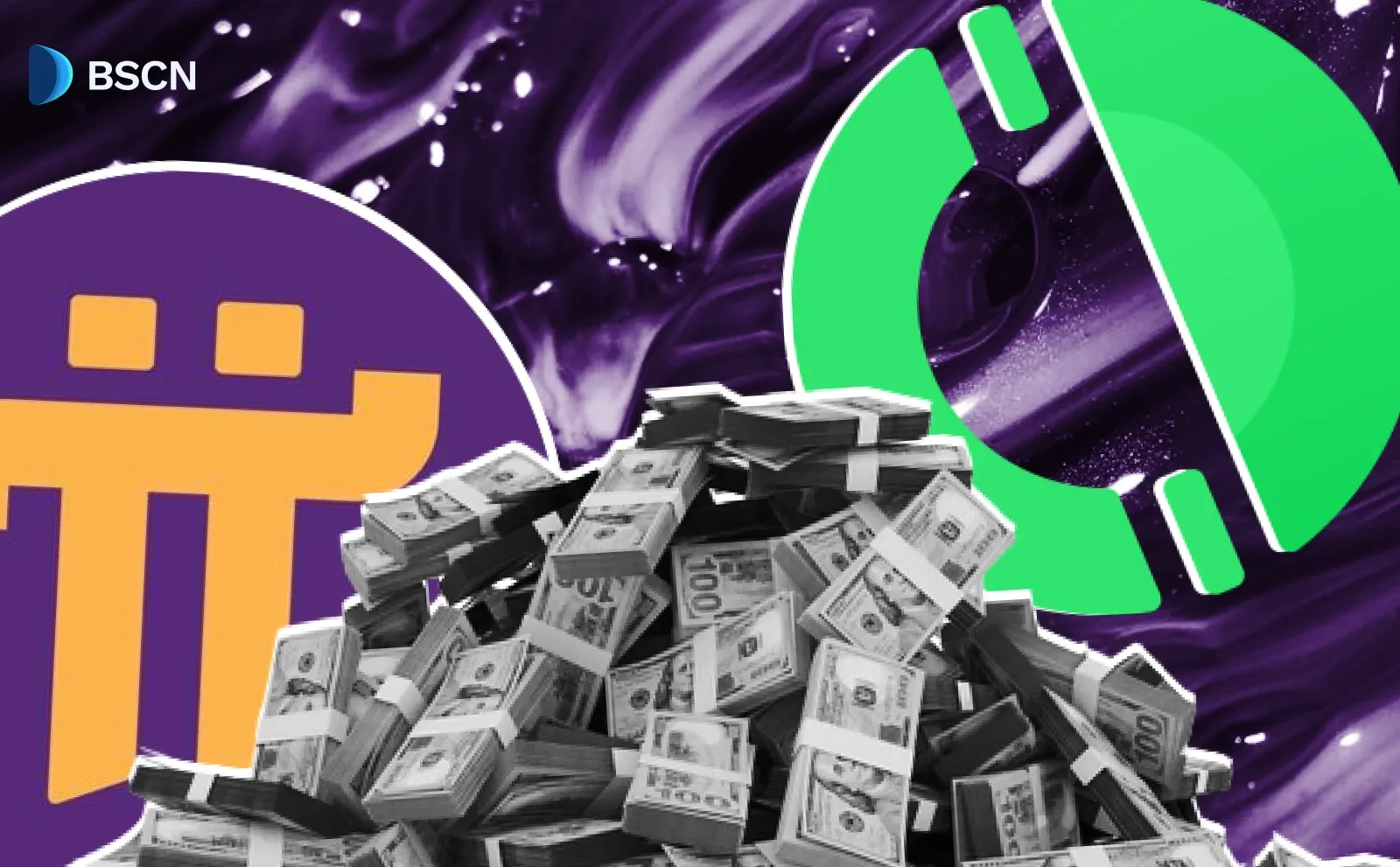WEB3
(Advertisement)
What is a Cryptocurrency Token Burn

Burning tokens, being a destructive process, may not sound like a good idea to anyone who is not familiar with crypto. Nevertheless, for cryptocurrencies, it often is very beneficial for a project's long-term value.
BSCN
March 21, 2021
(Advertisement)
Table of Contents
Introduction to Cryptos
Digital currencies are everywhere, both in the news and a favorite topic among investors. Cryptocurrencies generated renewed interest about a year ago. This was due to the rapid rise in the value of many cryptocurrencies. Even as many other investment options are available, digital currencies now seem like a "game-changer" for investors. There have been reports of investors liquidating their assets in other sectors and switching to digital currencies and the blockchain.
In the span of a year, the values of some digital currencies have increased upwards of 3000%. Expectedly, many people have shown considerable interest, having seen the stash of the wealth of those who made a profit. As is almost always the case, Bitcoin maintained its position as a lead gainer, followed by Ethereum and other coins such as Dash and Monero. Having said this, let us now consider a new trend in the crypto market known as a "token burn."
Token Burn Explained

Token burns, also called coin burns, are a deflationary mechanism by which developers or miners remove tokens from circulation in a bid to reduce the supply. According to Motley Fool, this strategy aims to slow down a token's rate of inflation.
Once a token has been mined, it isn't easy to control its circulation. Miners and developers buy back some of these tokens from the market and send them to dead wallets with no access. This procedure is done to eliminate tokens from circulation. When these tokens are sent to these wallets or addresses, no one can access them. Neither can they be used to carry out any form of transaction. Therefore, the tokens become useless and out of the circulating supply.
Origin of Token Burn
The concept of token burning did not originate with cryptocurrencies. We can also relate the stock market idea where a publicly-traded company intends to buy back stocks. These companies use cash to purchase back shares of any common stock, thus reducing the company's total outstanding shares. This is done to increase the value of shares that remain in circulation. It also improves earnings per share — with fewer outstanding shares, the net income-to-shares ratio increases. This same strategy has been adopted in cryptocurrency. With a similar objective to increase the value of tokens that remain in circulation, developers cut down on the supply of tokens and increase their scarcity.

How Does a Token Burn Work?
A coin holder, developer, or miner will call the "burn function." Here, a notification is sent out that some amount of tokens are going to be burned. After this is done, the information is validated by the contract. The amount of coins to be burned is confirmed by the contract, and the specific number of tokens in the holder's wallet is checked. However, only positive numbers are accepted.
For instance, if a holder has an invalid number like 0 or -4, or he/she doesn't have the stated amount of tokens to be burned, the burn function will be null. This means that the process will not be completed. However, if the amount of tokens in the wallet exceeds the number of specified tokens to be burned, it will be subtracted. After this, the total supply of the tokens will be updated, and burning will take place.
When a token is burned, it is irretrievable. It is impossible to recover burned tokens when the burn function is executed.
Burn Function Explained
The BNB contract is a perfect explanation given that it has the burn function. This function is available to any user at any time. When this function is executed, a specific amount of tokens can be permanently removed by the user from the circulating supply. More so, token burns on the platform are seen as transactions. They are fully transparent; any user can verify the removal of these tokens.

Binance makes an official announcement each time a token is burned quarterly. The number of BNB burned for that quarter will be disclosed.
Illustration of Token Burning

Many cryptocurrencies have been involved in the token burn strategy. Bitcoin Cash, Antpool, and many others have burned tokens in the past. One of the first coins to do so was the Binance coin (BNB). It is the native cryptocurrency of the Binance exchange and the Binance Smart Chain. According to reports, a staggering 1.8 million BNB tokens were burned by the platform in the early part of 2020. Subsequently, another $30 million worth of BNB was burned in April last year.
However, token burning is not a guarantee that a cryptocurrency may increase in value. In some cases, the number of circulating supplies may not even be reduced. Instead, the circulating supply outpaces the deflationary burn. This can be seen in many DeFi tokens. While the token burn decreases inflationary pressure, the emission still outpaces the mechanism. Even though some token burns don't introduce deflation to tokens, they are still compelling. Deflationary mechanisms are everywhere in DeFi, ranging from burn on transactions, lotteries, and even basic burn function. These token burns allow DeFi tokens with high emissions to curb a portion of their inflation.
Conclusion on Token Burns
Token burn promises to yield several benefits. The best-known benefit is the increase in the value of a particular token. Top cryptocurrencies, altcoins, and even stablecoins have conducted token burns in the past. A good example was the Binance quarterly burn in 2020 — The leading exchange platform burnt about $60 million worth of BNB.
While there will be an expected increase in value due to the resulting scarcity created by burning, it may not be the case for every token. The token burn is generally a positive contribution to the growth of cryptocurrencies.
Don’t forget to download the BSC News mobile application on iOS and Android to keep up with all the latest news for Binance Smart Chain and crypto! Check out the DeFi Direct Linktree for all the access links!
For those looking for tools and strategies regarding safety and crypto education, be sure to check out the Tutorials, Cryptonomics Explainers, and Trading Tool Kits from BSC News.
Read Next...
Disclaimer
Disclaimer: The views expressed in this article do not necessarily represent the views of BSCN. The information provided in this article is for educational and entertainment purposes only and should not be construed as investment advice, or advice of any kind. BSCN assumes no responsibility for any investment decisions made based on the information provided in this article. If you believe that the article should be amended, please reach out to the BSCN team by emailing [email protected].
Author
 BSCN
BSCNBSCN's dedicated writing team brings over 41 years of combined experience in cryptocurrency research and analysis. Our writers hold diverse academic qualifications spanning Physics, Mathematics, and Philosophy from leading institutions including Oxford and Cambridge. While united by their passion for cryptocurrency and blockchain technology, the team's professional backgrounds are equally diverse, including former venture capital investors, startup founders, and active traders.
(Advertisement)
Latest News
(Advertisement)
Crypto Project & Token Reviews
Project & Token Reviews
Comprehensive reviews of crypto's most interesting projects and assets
Learn about the hottest projects & tokens





